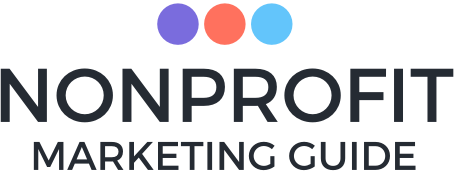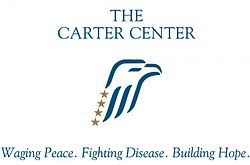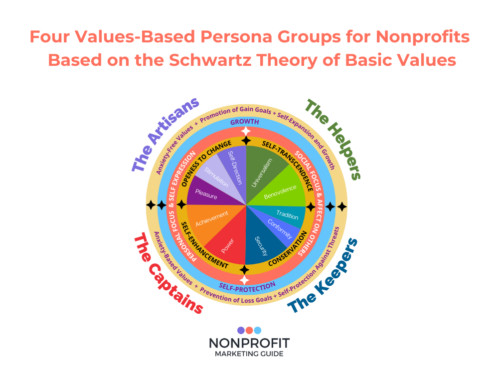I just couldn’t get enough of presidential politics in the past few weeks, so for the next #NPComm Showdown, let’s look at the communications strategies of foundations started by two political powerhouses.
It’s a Showdown between…
What do they have in common?
Well, let’s start with the obvious…
Both foundations, started by two brilliant thought leaders, have access to world-wide research and resources for which most small nonprofit agency staffers would die! But their larger-than-life founders also bring a level of scrutiny that can create challenges for communication staffers.
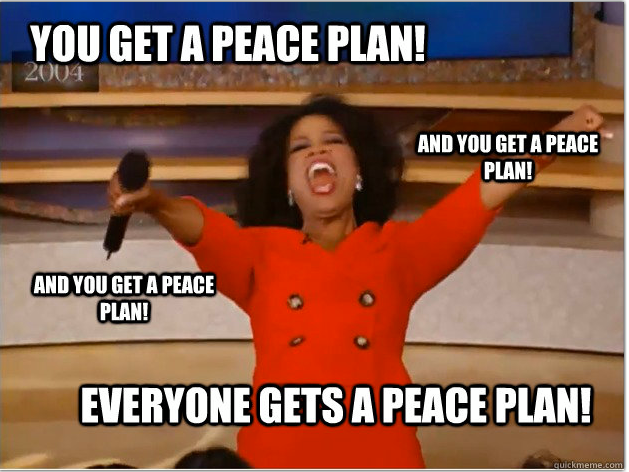 Consider first that they both have lofty missions that include feats like cultivating world peace, alleviating suffering, restoring democracy and human rights, and eradicating disease and hunger. The Carter Center and Clinton Foundation have mission statements that go on for paragraphs. Wow! Can you imagine trying to fit cultivating world peace into an “elevator speech”?
Consider first that they both have lofty missions that include feats like cultivating world peace, alleviating suffering, restoring democracy and human rights, and eradicating disease and hunger. The Carter Center and Clinton Foundation have mission statements that go on for paragraphs. Wow! Can you imagine trying to fit cultivating world peace into an “elevator speech”?
Their missions almost read as if they couldn’t be humanly possible, making them perfect challenges for retired US Presidents to throw political muscle behind. From initiatives that have helped reduce Guinea worm disease (3.5 million cases in 1986 to 22 in 2015) to actually furthering peace in the Middle East, needless to say both have some pretty significant accomplishments year after year.
So how do they approach their communications overall?
Well, let’s just say that the foundations clearly have two very different yet well-established target audiences. The Carter Center uses its star power noting that former President Carter remains considerably involved with affairs of the foundation. The look of its communication has a traditional tone. It is a baby-boomerish style of communicating with donors speaks of pionee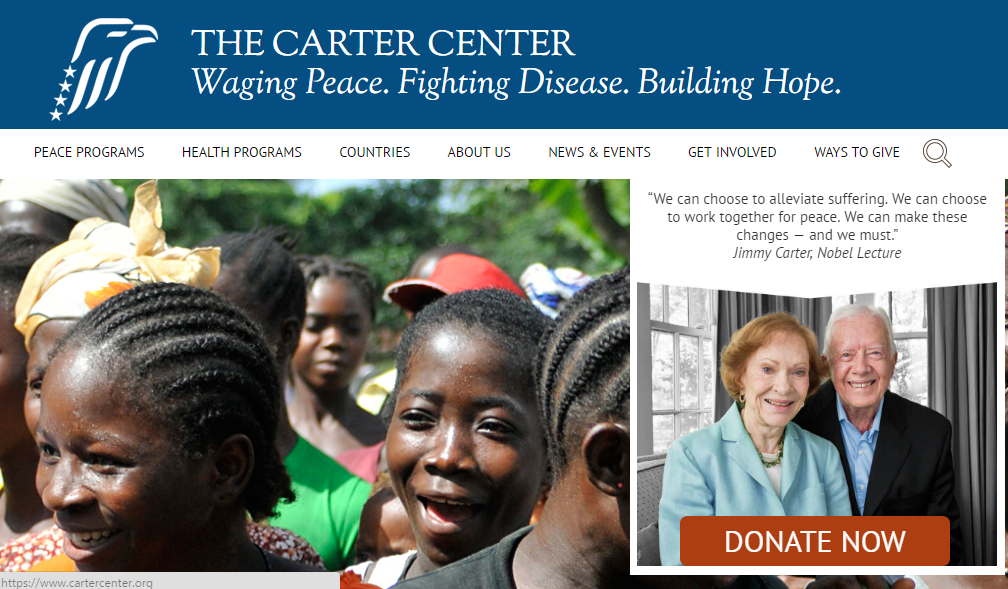 ring and alleviating suffering.
ring and alleviating suffering.
References like these are classic in nonprofit communication strategies that use a narrative and images of rescuing our neighbors in third world countries. It’s a message that resonates with people who admire the legacy of President Carter and the World War II generation. The warm and fuzzy message begins on the homepage with an invitation to alleviate suffering coupled with a video titled Love is the Answer—But what was the question?
On the other hand, the Clinton Foundation focuses less on star power and more on research. In fact, it recently removed former President Clinton from the title to represent it as more of a family affair (for some very obvious reasons). It uses some recent trends in its approach to describe its complex body of work. The website is hip, interactive and at times too educational.
The foundation invites the audience to understand complex worldly problems by using tools like videos for people to tell their own empo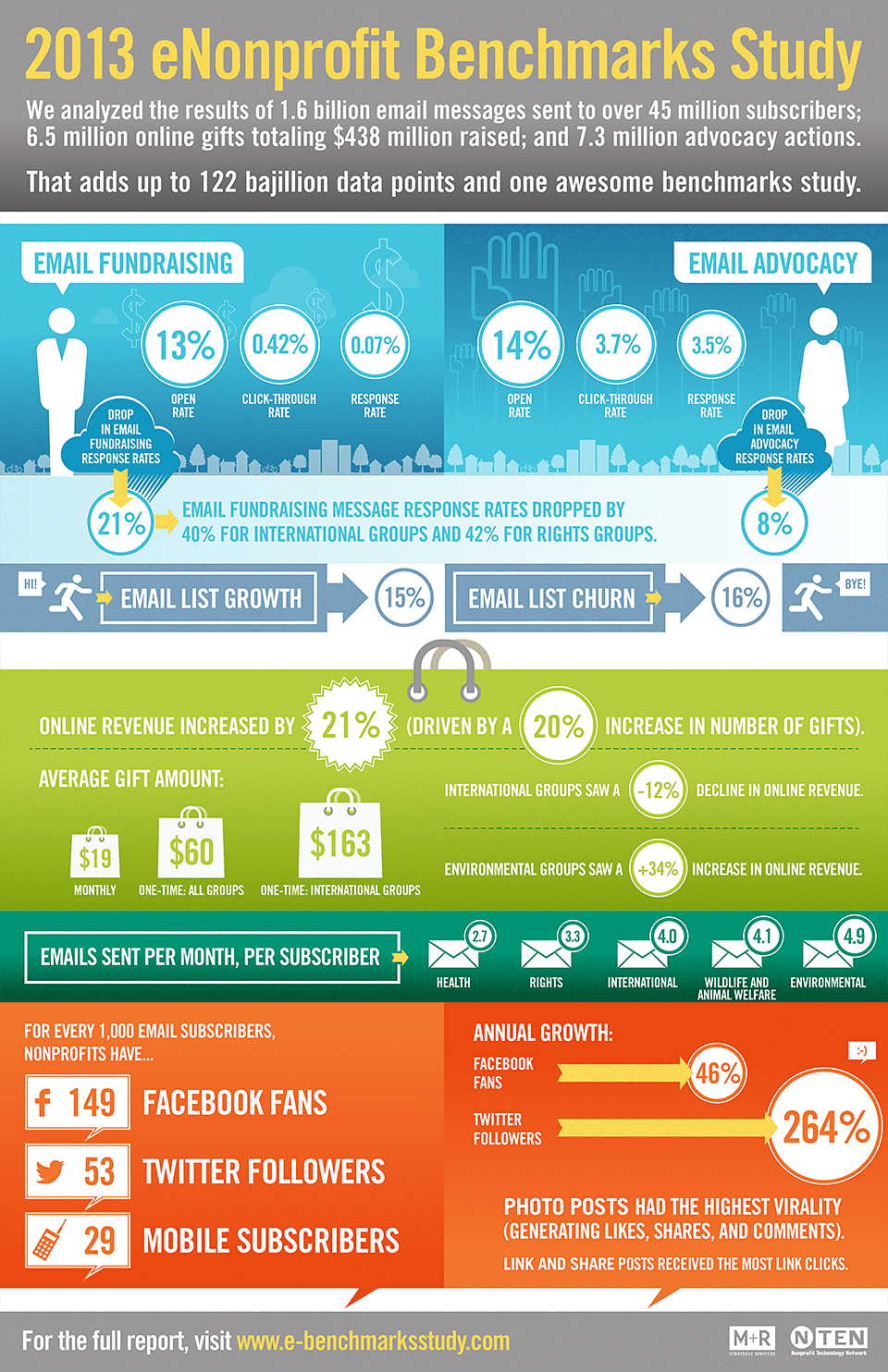 wering stories.
wering stories.
I have to give two Bill Clinton-style thumbs-ups for its use of infographics. This is a great example of using graphics as a tool to make something as complicated as using carbon certificates to illustrate a real world example of how fictional Max Burgers can reduce carbon emissions, which leads to helping small farms in Africa.
Other trendy best practices include a blog series tied to a program called #SeedingOpportunity that explores the challenges and opportunities related to small farming communities around the world. Through this blog and other opportunities, the Clinton Foundation 20/30 invites young professionals who support their initiatives to get involved in a thought leadership global networking initiative.
And last but certainly not least…
You can learn a lot about a nonprofit’s target donors by its annual report. Again, we have a tale of two audiences.The Carter Center’s annual reports for the past three years have been over 90 pages long. They have hundreds of pictures (available online or printable in PDF). While they don’t have a specific theme, they give the donor a thorough overview of how the foundation has helped the people and causes it serves, a timeline of the foundation’s accomplishments, highlights from each area of programming, a greeting from President Carter, financial information and a listing of every-single-donor. The Center received $385 million in cash, pledges and in-kind gifts in 2014-2015. The listing of names represented more than 35 pages of the report.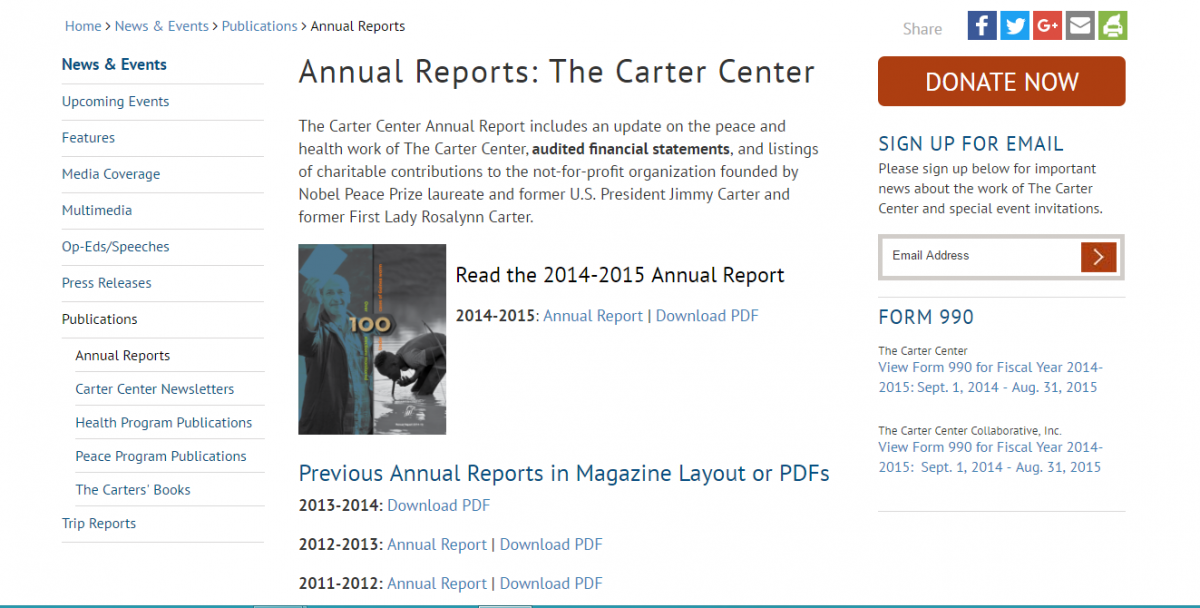
The Clinton Foundation’s approach to the annual report is filled with best practices.
It has all of the essentials of the annual report but incorporates some of the latest trends. First, let’s talk about the smooth way they lead supporters looking for an “annual report” to what they call their IMPACT report. While the annual report does need to be a shout-out to major donors and an overview of finances, it isn’t a 990, an audit or financial review.
Kudos to the Clinton Foundation for taking t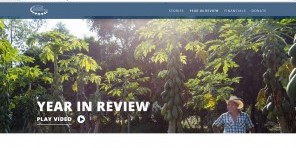 he bold step of making their IMPACT report available only online – complete with powerful video highlights of the foundation’s accomplishments. It features a brief amount of the typical annual report jargon, such as a jointly written greeting from President Bill Clinton and his daughter, Chelsea. They focus on each program area by sharing one dynamic story and then summarizing it in a campaign-style Year In Review video. They have done a great job of creating a more “shareable” version of their Impact Report!
he bold step of making their IMPACT report available only online – complete with powerful video highlights of the foundation’s accomplishments. It features a brief amount of the typical annual report jargon, such as a jointly written greeting from President Bill Clinton and his daughter, Chelsea. They focus on each program area by sharing one dynamic story and then summarizing it in a campaign-style Year In Review video. They have done a great job of creating a more “shareable” version of their Impact Report!
So the second #npcomm Showdown winner is….

From its bold move to going to an online-only Impact Report that focuses on sharing real stories from people, to its initiative to engage supporters in the 20/30 networking experience, they have embraced a 21st Century approach to communications.
So what are some takeaways from this Showdown?
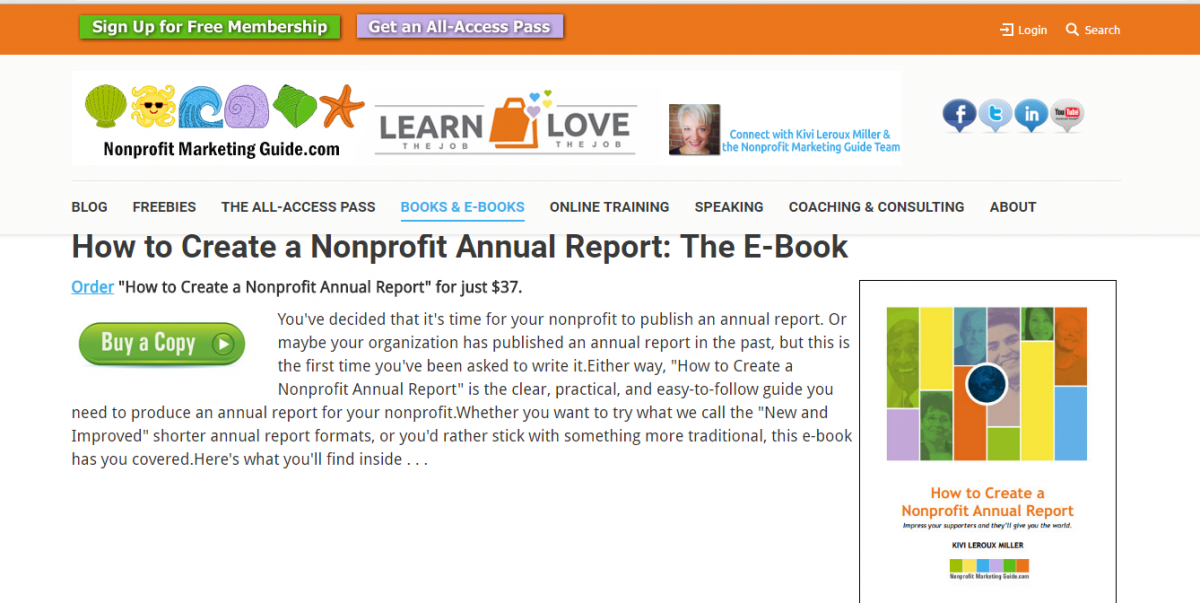 Annual Reports Should Focus on the Impact. Include the essentials, as Kivi defines them: accomplishments, real people telling the story, financials (but not every minute detail…remember, save that for audit reports), a dynamic executive statement, ample thanks and a call to action. You can learn more in the Nonprofit Marketing Guide E-book.
Annual Reports Should Focus on the Impact. Include the essentials, as Kivi defines them: accomplishments, real people telling the story, financials (but not every minute detail…remember, save that for audit reports), a dynamic executive statement, ample thanks and a call to action. You can learn more in the Nonprofit Marketing Guide E-book.
Begin with the audience in mind, but don’t be afraid to challenge outdated mindsets. For instance, just because you’ve always published every donor’s name in the annual report doesn’t mean you have to continue boring the audience with all those lists. Also, consider that the Clinton Foundation went online-only and invested funds in high-quality video rather than on expensive printing costs.
Complicated Topic? Try Infographics. Infographics can help explain complicated topics like Carbon Certificates. An infographic really is worth a thousand words. Try using a program like Piktochart for those with more complex explanations and impact examples.
Be a Thought Leader and Foster Others. Thought leadership is the informed opinion of leaders and the go-to people in their fields of expertise. They are trusted sources who move and inspire people with innovative ideas, turn ideas into reality, and know and show how to replicate their successes. You can use your reporting to be a thought leader and to help develop a sense of community around your cause.
